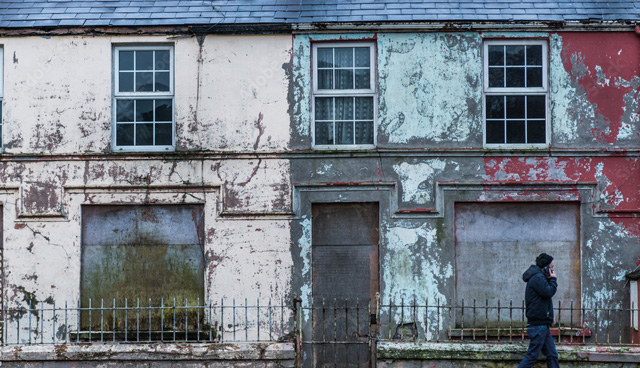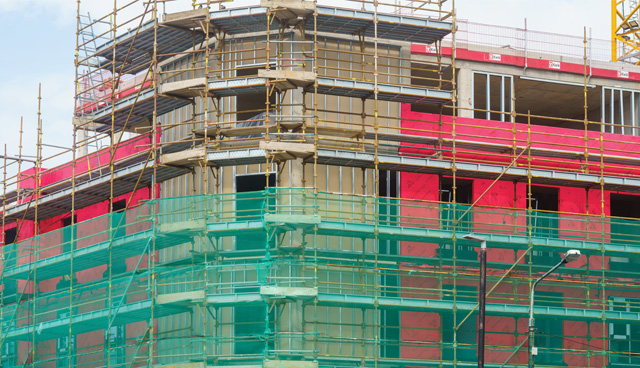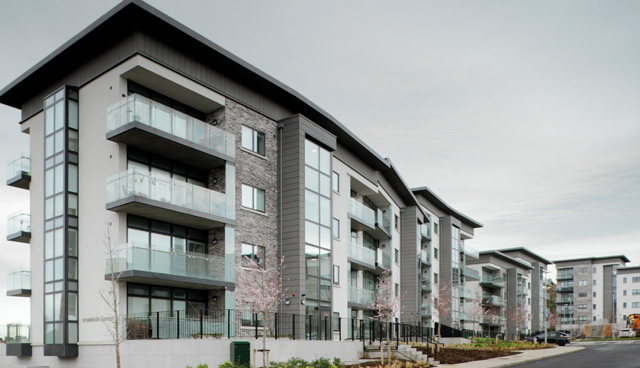
Four years of the OPR
18th July 2023
Empowering customers to live simply, affordably, and sustainably
18th July 2023Repurposing vacant homes can reduce homelessness

Ireland has 13 vacant homes for every homeless individual. A new action plan is seeking to recover vacant properties.
Census 2022 outlines that there are 166,792 vacant homes in the State, which is considerably higher than the homeless population of 12,259 (as of April 2023).
Whilst the number of vacant homes in Ireland has declined by 27.5 per cent between 2011 and 2022, there are substantially more vacant homes nationwide than homeless people in the State. The highest concentration of vacant properties in the State are situated in western and rural areas.
For example, in County Leitrim, the percentage of vacant homes is as high as 15.5 per cent, whilst the figures in neighbouring counties Roscommon and Mayo are 13.4 per cent and 13.3 per cent, respectively. This is at odds with the demands placed by the homeless population, with an overwhelming majority of the State’s 12,259 homeless people (around 73 per cent) currently in Dublin.
Therefore, if the Government’s ambitions to utilise derelict and vacant properties are to help curb the homelessness crisis, this will invariably have to involve an incentive to encourage homeless families to move out of Dublin and to more rural counties.
Vacant Homes Action Plan 2023-2026
The Government’s Vacant Homes Action Plan 2023-2026, published in January 2023, identifies actions to be pursued in order to continue to return as many recoverable vacant properties back to viable use as possible, increase the supply of housing available, and aims to revitalise the vibrancy of local communities.
One potential conundrum outlined by the Government in the Vacant Homes Action Plan is that the ownership of the property in question must be clarified when the home is being brought back into use, presenting a potential legal grey area for government.
“While significant work remains to be done, real progress is being made in addressing vacancy. Our sense of urgency remains, and we are determined to build on what we have achieved to date.”
Minister for Housing, Local Government and Heritage, Darragh O’Brien TD
The action plan says: “A key consideration when working to bring empty properties back into use is the reason why a particular property has been left empty. These are varied and multifaceted and can relate at a broad level to migration, urbanisation, loss of industry, and employment and at an individual property level to financial, ownership, personal, or property issues.”
The report further states: “Properties can be for sale, in between rental periods, undergoing renovation, or in some cases the owner may be in hospital or in nursing home care. A lack of investment can lead to some properties being vacant for long periods and if these properties are not addressed in a timely manner, they can ultimately become derelict. The reasons for vacancy influence the measurement of vacancy and must also be taken into account in considering measures to address vacancy.”
Rural repopulation
Given that the vast majority of Ireland’s derelict homes are situated in relatively rural counties such as Leitrim, Roscommon, and Mayo, two government strategies are of immense importance if vacant homes are to be used in a serious manner to take on the homelessness crisis. These are the National Planning Framework (NPF) and Our Rural Future.
The Vacant Homes Action Plan states that the NPF will “guide the future development of Ireland, taking into account a projected one million increase in population over 2016 levels and the need for 550,000 more homes by 2040”.
The paper continues: “The NPF growth strategy aims to shift the spatial pattern of development by concentrating a greater proportion of new development in cities, towns, and other settlements where the required services, employment, and infrastructure can be provided for citizens.”
This compact growth approach aims to tackle the unsustainable sprawl of development and contribute to overall carbon reduction. The NPF seeks to:
- enable people to live closer to where they work, moving away from the current unsustainable trends of increased commuting;
- regenerate rural Ireland by promoting environmentally sustainable growth patterns;
- plan for and implement a better distribution of regional growth, in terms of jobs and prosperity;
- transform settlements of all sizes through imaginative urban regeneration and bring life and jobs back into cities, towns, and villages; and
- co-ordinate delivery of infrastructure and services in tandem with growth, through integrated investment across sectoral plans.
- The Government’s Our Rural Future policy addresses the challenges facing rural areas and the opportunities which it believes rural economies and communities can benefit from in the coming years.
The Vacant Homes Action Plan states that one of the key objectives of Our Rural Future is to support the regeneration, repopulation, and development of rural towns and villages to contribute to local and national economic recovery, and to enable people to live and work in a high-quality environment.
“Achieving this will require investing in projects which support economic activity and increased footfall in towns and villages, improve the public realm, encourage town centre living, and provide the necessary services infrastructure to support town and village regeneration and sustainable growth,” the report states.
Introducing the policy, Minister for Housing, Local Government and Heritage, Darragh O’Brien TD, said: “The most efficient home to deliver is the one which already exists and there is so much potential within our vacant stock to provide more homes for so many of our citizens.”
O’Brien added: “While significant work remains to be done, real progress is being made in addressing vacancy. Our sense of urgency remains, and we are determined to build on what we have achieved to date.”






